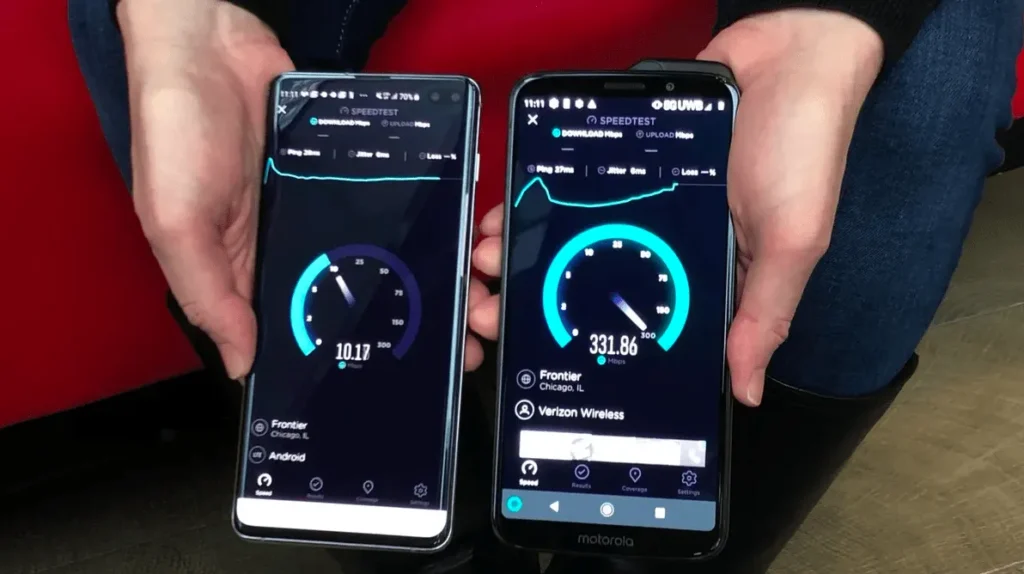Is the Difference between 4G and 5G Networks Noticeable?
PUBLISHED
- February 3, 2023
- 1:09 am
PUBLISHED
- February 3, 2023
- 1:09 am

5G networks have been making waves in the tech world for the past few years. With promises of faster speeds and more reliable connections, many are eager to upgrade their devices and take advantage of the latest technology. But with 4G still widely available and accessible, is the difference between the two really noticeable for the average user?
LIKE THIS
4G VS 5G


To understand the difference between 4G and 5G networks, it’s important to know a bit about how they work. 4G, or fourth generation networks, were designed to deliver faster speeds and more reliable connections than their predecessors. They use a different frequency band than 3G networks, which enables them to transmit more data in a given amount of time. 5G, or fifth generation networks, build on the capabilities of 4G networks and offer even faster speeds and lower latency.


So, what does this mean in practical terms? For the average user, 4G networks typically provide download speeds of around 5 to 20 Mbps and upload speeds of 2 to 5 Mbps. 5G networks, on the other hand, can theoretically offer maximum download speeds of up to 2GBps or even higher in some cases. This means that tasks such as downloading a large file or streaming a movie can be completed much faster on a 5G network than on a 4G network.
But what about the reliability of the connections? 5G networks offer lower latency than 4G networks. This means that real-time applications such as online gaming and video conferencing are likely to be smoother and more reliable on a 5G network. Additionally, 5G networks are designed to handle more connections than 4G networks, which can result in less congestion and better overall performance.
Availability and Cost


When it comes to availability, currently 5G is still being rolled out in many areas and may not be available in all regions. For those who live in areas with 5G coverage, upgrading to a 5G-compatible device can offer noticeable benefits.
Another factor to consider is the cost of upgrading to a 5G-compatible device. In many cases, 5G-compatible devices are more expensive than their 4G counterparts. 5G plans may also come with higher monthly fees. For those who don’t need the faster speeds and lower latency offered by 5G, it may not be worth the cost to upgrade.


When it comes down to it, the difference between 4G and 5G networks is noticeable, but only to a certain extent. For those who live in areas with 5G coverage and need the faster speeds and lower latency offered by 5G, upgrading to a 5G-compatible device can be a worthwhile investment. However, for those who live in areas without 5G coverage or do not need the benefits offered by 5G, the difference between 4G and 5G networks may not be noticeable enough to justify the cost of upgrading.









